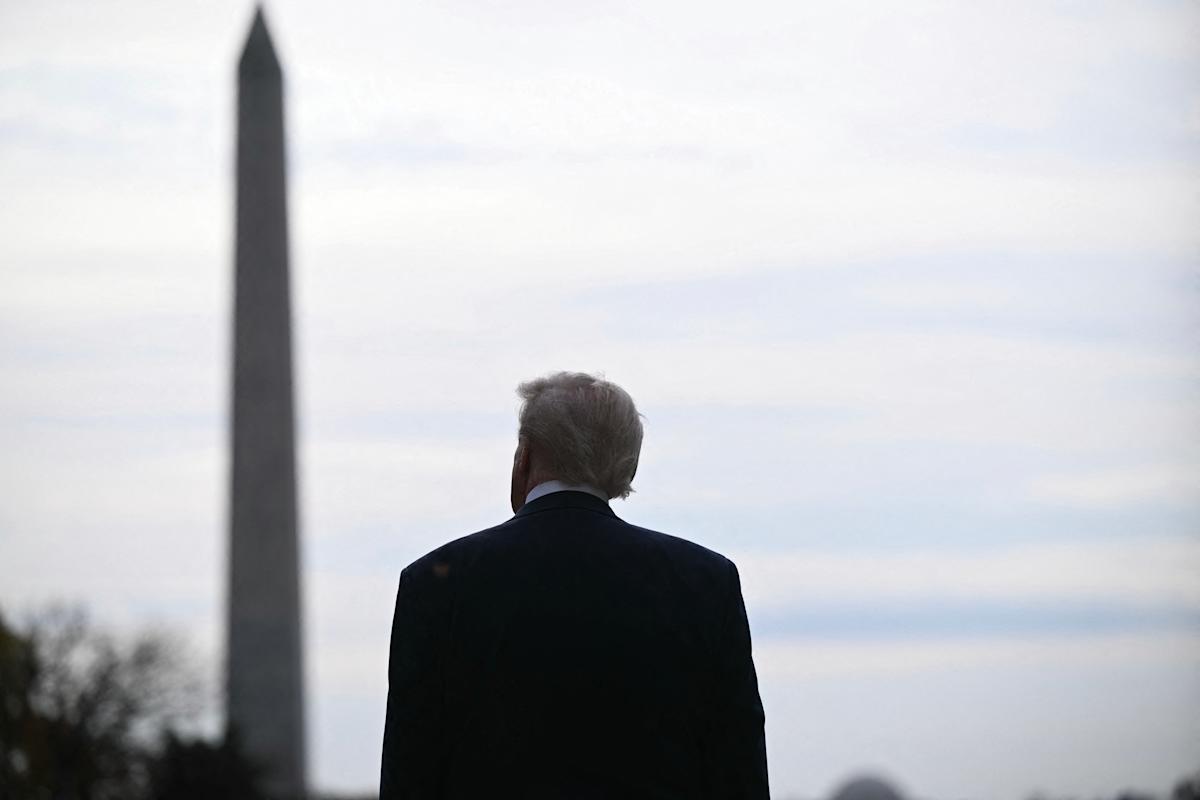Here’s why $1 trillion just got lopped off Trump’s expected tariff windfall
The Congressional Budget Office (CBO) slashed its estimate of tariff revenues this week, dampening the projected deficit reduction by $1 trillion compared to what was previously thought.
This downward change — and a new total savings figure of $3 trillion by 2035 instead of the $4 trillion the agency projected in August — came as a result of both a recent tariff-lowering spree from President Trump as well as a greater understanding the CBO says it now has of goods moving into the US duty-free.
As director Phillip Swagel put it in his posting, the group’s August calculation found that Trump 2.0 tariffs had increased America’s overall effective tariff rate by 18 percentage points. But when they reran the numbers this week, it was down to a 14 percentage point bump.
Read more: What Trump’s tariffs mean for the economy and your wallet
The change is partly a reflection of how Trump’s up-and-down tariff moves this year have more recently trended downward. The CBO cited the recent lowering of duties on goods from China, the European Union, and Japan, as well as the recent loosening of tariffs on auto parts, lumber, and certain agricultural products.
But the revisions also reflected a deeper understanding of how Trump’s tariffs are rippling across the US economy — and collecting less revenue than was initially assumed.
At the same time, Trump is ramping up his promises for what tariff revenue can deliver. The president has continued to promise that tariff money can deliver $2,000 checks to Americans and also “pay down debt.” It’s a claim that few observers gave credence to, even before these CBO revisions.
It also comes as Trump has shown a willingness to step back from tariffs in the face of public pressure.
His most notable recent move was cutting tariffs to lower grocery prices on goods from beef to coffee. The moves have already had an effect — the price of coffee is already falling — but will mean less revenue for the president’s agenda.
For rolling updates on tariffs, check out our liveblog >
It also may not be the end of the downward revisions.
Wayne Winegarden is a tariff critic and senior fellow at the Pacific Research Institute. He told Yahoo Finance, “In my opinion, the CBO is still underappreciating the tariffs’ negative impact on the economy, which will reduce tax revenues from all other sources.”
He suggested that if those factors are included, the larger picture will show “the net revenue impact on the budget will be much smaller.”
The CBO came to its conclusion this week by first calculating that Trump’s tariffs, as they are currently constituted, will reduce America’s annual deficits by $2.5 trillion over the coming 11 years.



Leave a Comment
Your email address will not be published. Required fields are marked *